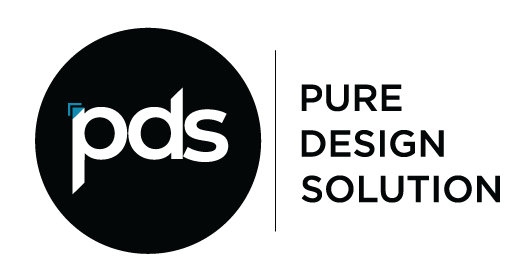The Reports Dashboard in your CRM isn’t just another feature—it’s your real-time scorecard for marketing and sales performance. If you ignore it, you are almost flying blindly.
In my experience, once marketing execution kicks into high gear—email drip campaigns, Google, and Meta ads—teams are so focused on keeping the wheels turning that they forget to check if they’re actually moving in the right direction.
Why Does This Matter?
A high-performance marketing campaign isn’t just about launching ads and automation—it’s about continuous optimization. If you “set it and forget it,” your campaigns will run… but not necessarily in the right direction. I recommend treating your CRM Reports Dashboard like a real-time performance tracker. The best campaigns I’ve worked on had one thing in common: the ability to analyze results, adapt quickly, and fine-tune strategies. Agility is key—real-time insights help you adjust and maximize ROI before money is wasted.
How Do You Track Performance?
It’s simple. Leverage your CRM’s Reports Dashboard. 90% of CRMs have this feature, yet I’ve seen so many businesses underutilize it. My advice? Start by defining the KPIs that actually matter—not vanity metrics, but actionable insights that signal engagement, conversion trends, and pipeline movement. Too much data is just noise, so focus on what would help you drive decisions.
How Often Should You Review Reports?
From experience, I recommend setting up a weekly or bi-weekly cadence with your marketing and sales teams. Regular insights will highlight what’s working, what’s not, and where quick adjustments can lead to better conversions and higher revenue. Here’s a pro tip: Always cross-check CRM data with Google Analytics to get deeper insights into user behavior and conversion pathways—this is something I always do to refine marketing strategies.
The bottom line is that your CRM Reports Dashboard is your marketing and sales GPS. Check it, optimize, and watch your results skyrocket!
Let’s talk for more information.

